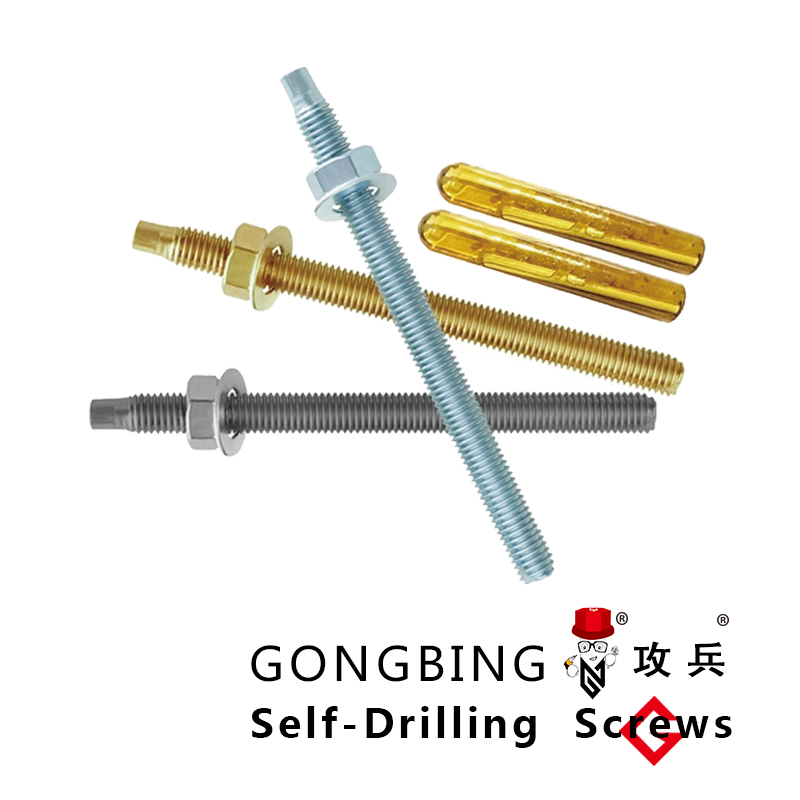external insulation fixings
Understanding External Insulation Fixings Essential Components for Modern Insulation Systems
In the contemporary construction landscape, energy efficiency and thermal insulation are pivotal considerations, particularly in residential and commercial buildings. One essential aspect of achieving effective insulation is the use of external insulation fixings. These specialized components ensure that insulation materials are securely attached to building surfaces, thereby enhancing energy performance and prolonging the life of the insulation system. This article explores the significance, types, and installation of external insulation fixings.
The Importance of External Insulation Fixings
External insulation fixings are vital for several reasons. Firstly, they provide mechanical stability to insulation boards, often made from materials like expanded polystyrene (EPS), mineral wool, or polyisocyanurate. Without adequate fixings, insulation boards are prone to detachment, which can lead to thermal bridges, moisture infiltration, and ultimately, increased energy costs.
Moreover, well-secured insulation helps in maintaining the structural integrity of buildings. As insulation performs its primary function of reducing energy loss, it must remain firmly in place, capable of withstanding environmental factors such as wind, rain, and temperature fluctuations. Thus, the choice and installation of exterior insulation fixings can significantly impact overall building performance.
Types of External Insulation Fixings
External insulation fixings come in various forms, each suited for specific applications and materials. Common types include
1. Mechanical Fixings These include screws, anchors, and plugs that secure insulation boards directly to the substrate. Mechanical fixings are especially useful in applications requiring additional strength against wind loads or where the insulation system may experience physical stress.
2. Adhesive Fixings Adhesives, such as polyurethane or modified silicone, are often used in conjunction with mechanical fixings. They provide a bond that helps distribute loads, enhancing stability and reducing the likelihood of thermal bridging.
external insulation fixings

3. Combined Systems Many modern insulation solutions utilize a combination of mechanical and adhesive fixings to achieve optimal performance. This dual approach allows for faster installation while ensuring a secure and effective thermal envelope.
Installation Considerations
Proper installation of external insulation fixings is crucial for achieving the best results. Contractors should adhere to the following best practices
1. Assessment of Substrate Before installation, the substrate must be evaluated to determine its suitability for different fixings. Concrete, brick, stone, and even timber may require specific types of fixings based on their structural characteristics.
2. Selection of Fixing Type Based on the insulation material and the building’s exposure to environmental factors, the appropriate type of fixing should be chosen. For instance, in high-wind areas, additional mechanical fixings may be necessary to prevent insulation from detaching.
3. Installation Technique Each type of fixing has its own recommended installation technique. For mechanical fixings, correct spacing and depth are crucial. The use of wall plugs should be done accurately to prevent damage to the substrate.
4. Quality Control After installation, it is vital to inspect the fixings to ensure they are properly engaged and that the insulation is secure. Regular maintenance checks can help identify issues before they escalate.
Conclusion
External insulation fixings are indispensable components in the pursuit of energy-efficient buildings. By securing insulation systems effectively, these fixings contribute to improved thermal performance, reduced energy costs, and enhanced durability of buildings. Understanding the different types of fixings, their appropriate application, and installation techniques can empower construction professionals to deliver high-quality insulation solutions. As the construction industry evolves towards sustainability and energy efficiency, the role of external insulation fixings will continue to be critical in meeting modern building standards.
-
Weatherproof Plastic Expansion Anchors for OutdoorNouvèlJun.06,2025
-
Sustainability in the Supply Chain: Eco-Friendly TEK Screws ProductionNouvèlJun.06,2025
-
Load-Bearing Capacity of External Insulation FixingsNouvèlJun.06,2025
-
Double Head Bolts: Enhancing Efficiency in Industrial MachineryNouvèlJun.06,2025
-
Corrosion Resistance in Chipboard Screws: Coatings for Wholesale DurabilityNouvèlJun.06,2025
-
Butterfly Toggle Bolts : Enhancing Structural ResilienceNouvèlJun.06,2025
